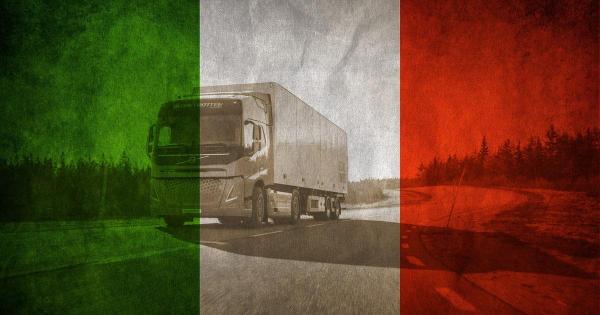
Italy: Additional truck ban on A22 before Austrian border tomorrow
The authorities of the Autonomous Province of Bolzano in Italy have imposed a temporary traffic ban for heavy goods vehicles with a gross vehicle weight of over 7.5 tons on the A22 motorway heading towards the Austrian border.
The restrictions will be in force on the following dates: Thursday, May 29; Monday, June 9; and Thursday, June 19, 2025 – from 00:00 to 22:00. The ban applies to trucks over 7.5 tons traveling on the northern section of the A22 motorway from Vipiteno to the Austrian border. Vehicles already on this section at the start of the ban may stop at the SA.DO.BRE parking area in Vipiteno or other designated parking areas, according to the instructions of the local road police.
The purpose of the ban is to ensure traffic flow and safety on the Brenner motorway during periods of increased traffic due to public holidays in Austria and Germany, where similar restrictions are also in place.
Source: Decree of the Bolzano Chamber of Commerce
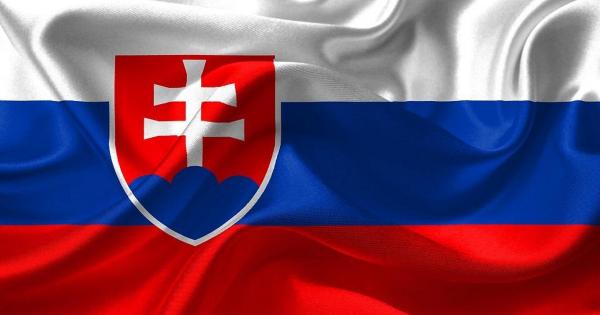
Slovakia: Exemption from the driving ban on July 5
At the request of ČESMAD Slovakia, the Slovak police have agreed to introduce an exemption from the truck traffic ban on the national holiday – July 5.
Thanks to this exemption, all trucks entering Slovakia from selected neighboring countries will be allowed to travel on motorways, expressways, first-class roads, and international routes – provided that their final destination is within Slovak territory (e.g., company headquarters or unloading location).
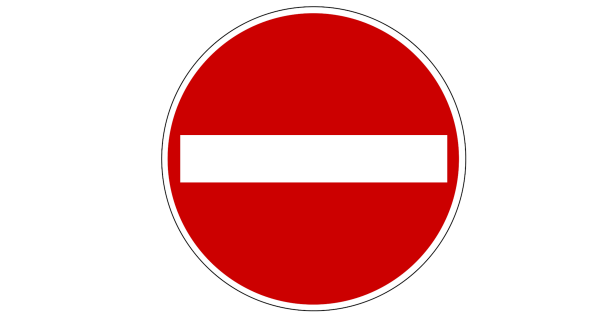
Summer truck driving bans in Macedonia
From July 1 to August 31, temporary summer traffic restrictions apply on national roads in Macedonia for heavy goods vehicles with a total weight over 15 tons during weekends and days with extremely high temperatures.
Ban hours:
▪️ Fridays from 17:00 to 22:00
▪️ Saturdays from 09:00 to 18:00
▪️ Sundays from 09:00 to 22:00
On days of extreme heat, as defined by the Ministry of Health, the ban also applies Monday through Thursday from 11:00 to 17:00.
The restriction does not apply to vehicles transporting animals, flowers, humanitarian aid, grain and grain products, perishable goods, fuels and oil derivatives, dangerous goods, or to vehicles carrying out transport for companies contracted by the Public Enterprise for State Roads to implement road projects.
❌On the A2 national road, on the section Skopje – Ohrid – Skopje (valid until September 1), there is a ban on the movement of heavy goods vehicles with a total weight over 7.5 tons during weekends, at the following times:
▪️ Fridays from 15:00 to 22:00
▪️ Saturdays from 07:00 to 12:00 and from 18:00 to 24:00
▪️ Sundays from 07:00 to 22:00
This special traffic regime is introduced for the summer period to avoid congestion on the road leading to the most visited tourist destination in the Republic of Macedonia, to reduce queues at toll stations, and to ensure smooth traffic flow for tourists. The restriction does not apply to vehicles transporting live animals, flowers, humanitarian aid, grain and grain products, and perishable goods.

Slovakia: Disruptions on the D3 – Horelica Tunnel Closure and Detours via Čadca
From June 29 to August 31 this year, drivers should expect major traffic disruptions in northern Slovakia. Due to expansion joint repairs in the D3 Horelica Tunnel (road I/11a, Čadca District), a partial closure is in effect on the route from Čadca towards Žilina.
➡️ Traffic coming from Poland and the Czech Republic is being diverted from the D3 Podzávoz junction onto the old I/11 road, passing through the center of Čadca and the Horelica district. The detour ends in the town of Oščadnica, where vehicles are reconnected to road I/11a.
➡️ Travel from Žilina towards the Czech Republic remains unaffected – traffic in this direction continues without restrictions.
The Slovak road authorities are urging drivers to exercise increased caution, remain patient, and follow temporary traffic signs. If necessary, police officers will manage traffic at critical sections.
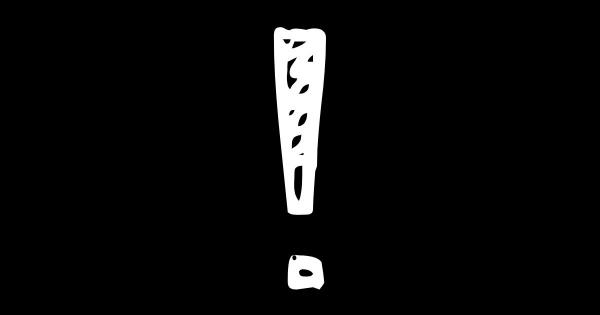
Closure of the D8 Motorway in the Czech Republic: Detours and Restrictions for Trucks Over 7.5 Tons
From July 2 to July 8, 2025, drivers traveling on the D8 motorway in northern Czechia should prepare for significant disruptions. When planning a trip through this region at the beginning of July, it is essential to consider detours, extra travel time, and weight restrictions.
A full closure will be in effect in both directions between kilometers 80 and 87 due to ongoing tunnel renovation works. This means mandatory detours, especially for trucks exceeding 7.5 tons.
How will trucks be rerouted?
❌ Towards Germany: Traffic will be redirected from Knínice through Varvažov, Telnice, and Petrovice, where drivers can rejoin the D8.
❌ Towards the Czech Republic (from Germany): Trucks will exit the motorway at Petrovice, continue via Tisá and Libouchec on road I/13, and re-enter the D8 at Knínice.
For trucks, these detours will operate as one-way routes only. The police are urging drivers who do not need to enter the Ústí Region to use alternative routes, such as:
Motorways D5 and D7 via Postoloprty and Hora Svatého Šebestiána, or
Road I/9 via Mělník, Česká Lípa, and Jiříkov.
This is intended to relieve traffic on narrow, mountainous detour roads and help avoid congestion.
Important restrictions:
❌ The Cínovec border crossing will be accessible only to vehicles up to 7.5 tons. Heavier transport will be redirected there only in case of major disruptions on other routes.
❌ Two Czech national holidays fall within this period, during which truck traffic is banned, further complicating route planning.
❌ Another challenge is the closure of the Benešov Bridge in Ústí nad Labem, which has already increased truck traffic toward Libouchec and Děčín.

Austria Extends Border Controls with Slovenia and Hungary Until November 2025
In accordance with the amendment to the regulation issued by the Austrian Federal Minister of the Interior, temporary border controls at the borders with the Republic of Slovenia and Hungary have been extended until November 11, 2025.
This is yet another decision to continue control measures at the internal borders of the Schengen Area, which – according to the authorities in Vienna – aims to enhance security and combat illegal migration. The regulation represents a formal amendment to the previously existing legal framework in this area and takes effect immediately.
Carriers and drivers should be prepared for possible document checks when crossing the Austrian borders with Slovenia and Hungary – including on the EU side.
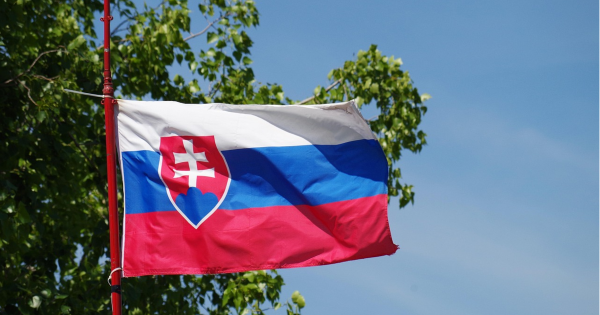
Bratislava closes the D1 to truck transit over 7.5 t – permanent restriction in force
A permanent traffic restriction has been introduced on the D1 motorway in Bratislava for heavy goods vehicles over 7.5 tonnes. The ban applies to transit traffic and is in force in both directions on a key section of the route: from the Pečňa junction, along Einsteinova Street and the Harbor Bridge (Most Prístavný), up to Zlaté Piesky.
The restriction does not apply to local transport – vehicles loading or unloading within Bratislava or its immediate surroundings may still use this section of the motorway without limitation. The aim of the restriction is to relieve the Slovak capital’s city center from heavy transit traffic and improve urban traffic flow.
However, in practice, this means significant changes for transport companies, especially those involved in international freight passing through Slovakia. The D1 route through Bratislava is an important part of the Trans-European Transport Network (TEN-T), connecting Austria, Hungary, the Czech Republic, and Poland.
Trucks transiting through Bratislava are obliged to use an alternative route, namely the southern bypass, which includes the D2, D4, and then reconnects to the D1. This applies in both east–west and west–east directions. Failure to comply with the new regulations may result in fines, so following the detour is not only a legal requirement but also crucial from an operational and economic standpoint.
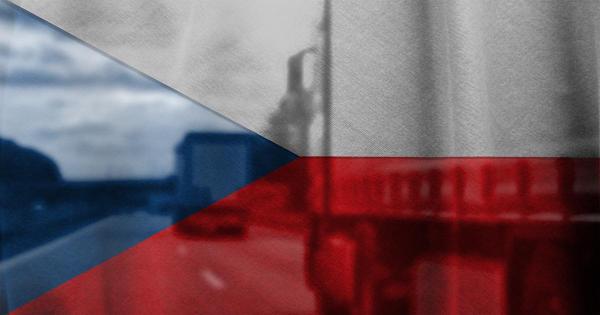
Czech hauliers call for the abolition of weekend truck driving bans
Czech transport companies are increasingly voicing concerns that the country’s current weekend bans on heavy goods vehicles are becoming a serious obstacle to their operations.
According to industry organisations, the existing regulations not only limit the competitiveness of domestic companies in the European market, but also generate tangible social and economic costs. In an official statement, they called for the complete abolition of these bans – at least on Fridays and Saturdays.
Experts argue that the current restrictions on truck traffic significantly reduce the competitiveness of Czech transport firms. Carriers from lower-cost Eastern European countries – not subject to similar limitations – can operate freely at times when Czech trucks are forced to remain idle. This creates an uneven playing field and leads to local hauliers being pushed out by foreign competition.
The driving ban also negatively affects the working conditions of drivers, especially those from Moravia. Many of them are forced to leave loaded vehicles parked near the borders to return home for the weekend, resulting not only in lost time but also posing a serious risk of cargo theft. This model of work discourages new entrants to the profession and worsens the existing driver shortage.
Weekend driving bans also have a negative impact on supply chains. Manufacturers and suppliers operating on a continuous basis – including industrial plants – often cannot receive deliveries on time. If they require goods from elsewhere in Europe to arrive by Monday morning, they must bear higher costs related to warehousing or scheduling deliveries earlier than usual.
The Czech transport sector is calling for the driving ban to be lifted, at least on Fridays and Saturdays. The arguments are clear: the restrictions undermine the competitiveness of the domestic transport industry, reduce the attractiveness of the driving profession, increase cargo security risks, and disrupt industrial operations.
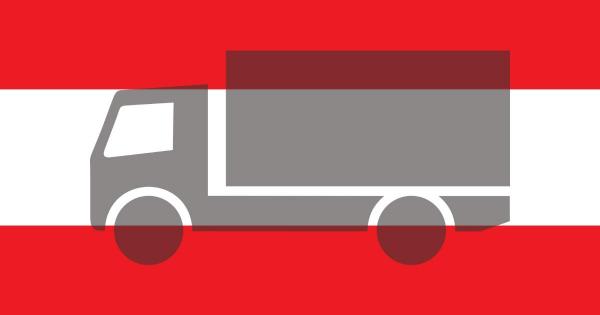
NEW summer transit restrictions on Austria’s A10 in the state of Salzburg
The authorities of the federal state of Salzburg are introducing temporary entry restrictions from the A10 motorway (Tauernautobahn) to several local and national roads. The new rules will apply throughout the summer, from July 4 to September 7, 2025, and aim to reduce transit traffic through small towns in the region.
The entry bans apply to trucks and passenger vehicles that do not have a destination in Austria – i.e. transit traffic that often uses local detours to bypass congestion on main routes. The restriction applies to vehicles exiting the A10 or turning back into local and national road networks. It applies exclusively to transit traffic. Only destination traffic within Austria and cyclists are exempt (indicated by the sign “ausgenommen Zielverkehr Österreich,” possibly with the “A” country symbol).
❌ Flachgau region – Salzburg surroundings
➔ Municipality of Anif
● B159 Salzachtal Straße (direction Hallein), at road km 0.0+4m
● Ahornstraße at the intersection with B160 – Berchtesgadener Straße (direction Niederalm)
● Neu-Anifer Straße at the intersection with B160 – Berchtesgadener Straße (direction Niederalm)
● Kirchenstraße at the intersection with B159 (direction Grödig)
● Schloss-Lasseregg-Straße at the intersection with B159 (direction Grödig)
Exemptions: cyclists and destination traffic within the state of Salzburg
➔ Municipality of Elsbethen
● L105 Halleiner Landesstraße, direction Hallein, at km 4.0–56m
Exemptions: cyclists and destination traffic within the state of Salzburg
➔ Municipality of Grödig
● Neue-Heimat-Straße at the intersection with B160 (direction Grödig town centre)
● Moosstraße after the intersection with Jagerbauernweg (direction Fürstenbrunn/Grödig)
● Access road to the Leube company (Gutrathbergweg), approx. km 1.8+20m B160 (direction Hallein)
Exemptions: cyclists and destination traffic to the municipalities of Grödig and Salzburg
● L104 Grödiger Landesstraße, road km 8.0+28m (direction Niederalm)
● L104 at the intersection with B160 (direction Grödig)
● L237 Glanegger Landesstraße at the intersection with Moosstraße (direction Fürstenbrunn)
● B160 at the Hangendenstein border crossing (direction Salzburg)
Exemptions: cyclists and destination traffic to the state of Salzburg
➔ Municipality of Großgmain
● L237 at the intersection with L114 (direction Fürstenbrunn)
– Sign: “Zufahrt Latschenwirt frei” followed by “ausgenommen Radfahrer / Ziel- oder Quellverkehr Land Salzburg”
● L114 at the Großgmain border crossing (direction Salzburg)
➔ Municipality of Wals-Siezenheim
● Viehhauser Straße at the intersection with Autobahnweg (direction Viehhausen)
● Lagerhausstraße and Edelweißstraße at intersections with B1 (direction Wals town centre)
● Schulstraße at the intersection with Kasernenstraße (direction Walserfeld)
● Grödigerweg at the intersection with B1 (direction Viehhausen)
● Josef-Hauthaler-Straße at the intersection with Laschenskystraße (direction Moosstraße)
● B1 Wiener Straße, km 312.074 (direction Salzburg)
Exemptions: cyclists and destination traffic to the municipality of Wals-Siezenheim and/or the state of Salzburg
❌ Tennengau region (Hallein district)
Entry bans from A10 motorway exits (Tauernautobahn), for transit traffic only:
● Exit Puch-Urstein (Exit 11) – carriageway toward Villach – to Urstein Süd roundabout
● Exit Puch-Urstein (Exit 11) – carriageway toward Salzburg – to Urstein Nord roundabout
● Exit Hallein (Exit 16) – both carriageways – to L107 road (Wiestalstraße roundabout)
● Exit Golling-Abtenau (Exit 28) – both carriageways – to B159 road
● Exit Kuchl (Exit 22) – to B159 at road km 14.356:
– Exit toward Hallein – sign on the right-hand side, at the center of the junction
– Exit toward Kuchl – sign on the right-hand island between directions
❌ Pongau region (St. Johann im Pongau district)
Entry bans except for destination traffic to Austria, apply at:
● Exit Werfen (Exit 43) – to B159
● Exit Pfarrwerfen-Werfen (Exit 44) – to L229 Werfenwenger Straße
● Exit Knoten Pongau (Exit 46) – via ramp A10;46;R5 to L276 Kreuzberg Straße
● Exit Lammertal-Hüttau (Exit 56) – to B166 Pass Gschütt Straße
● Exit Eben im Pongau (Exit 60) – to B99 Katschberg Straße
● Exit Altenmarkt im Pongau (Exit 63) – to B320 Ennstal Straße
● Exit Flachau (Exit 66) – to L230 (Flachau roundabout)
● Exit Flachauwinkl (Exit 74) – to Flachauwinkl municipal road
Additional restrictions: Entry from the turnaround lanes of the Landzeit rest area (Gasthof Nord and Süd):
● Near the Gasthofsiedlung housing estate
● In the industrial zone of Gasthof Süd
❌ Lungau region (Tamsweg district)
● Exit Zederhaus from the A10 – entry to L212 Zederhauser Straße
Restriction applies except for destination traffic to Austria
Sign: “Einfahrt verboten” (No entry) + additional sign “ausgenommen Zielverkehr Österreich” placed on the right-hand side of the ramp
The bans will be marked with the standard “Einfahrt verboten” (No entry) sign, accompanied by an information board reading “Except for destination traffic – Austria” (possibly including the country symbol “A”).
❗ The restrictions come into effect once the signage is installed and remain in force until removed.

Bulgaria Introduces Temporary Truck Bans Due to Heatwave
Due to the extreme heat currently affecting Bulgaria, the country’s road authorities have decided to impose temporary traffic restrictions for trucks exceeding 20 tons in weight.
The restrictions will be in effect from Tuesday, June 24 to Friday, June 27, 2025, during afternoon hours, on selected road sections in the northern part of the country. The decision follows a long-standing Bulgarian practice of imposing such bans when air temperatures exceed 35°C. The aim is to protect the road surface from deformation and rutting, which could compromise road safety.
Bans will be enforced:
❌ From Tuesday, June 24 to Friday, June 27
❌ Between 13:00 and 21:00
Affected regions:
The traffic ban applies to nine northern regions of Bulgaria:
Ruse, Silistra, Razgrad, Targovishte, Shumen, Veliko Tarnovo, Pleven, Lovech, and Gabrovo.
List of restricted roads:
❌ Hemus Motorway: from km 310 to 375 (Shumen and Targovishte regions)
❌ Road I-2 (Ruse–Varna): sections in Ruse, Razgrad, and Shumen regions (km 12–146)
❌ Road I-3: from km 7 to 170 (Pleven, Lovech, Veliko Tarnovo regions)
❌ Road I-4 (Koritna–Shumen): passing through Lovech, Gabrovo, Veliko Tarnovo, Targovishte, and Shumen
❌ Road I-5 (Ruse–Gabrovo): km 6–115 (Ruse and Veliko Tarnovo regions)
❌ Road I-7 (Silistra–Shumen): within both regions
❌ Road II-55 (Debelets–Misyurkov Khan): in Veliko Tarnovo region
Exemptions from the ban:
The restriction does not apply to vehicles transporting:
✅ Perishable goods
✅ Special (tempered) cargo
✅ Live animals
✅ Dangerous goods